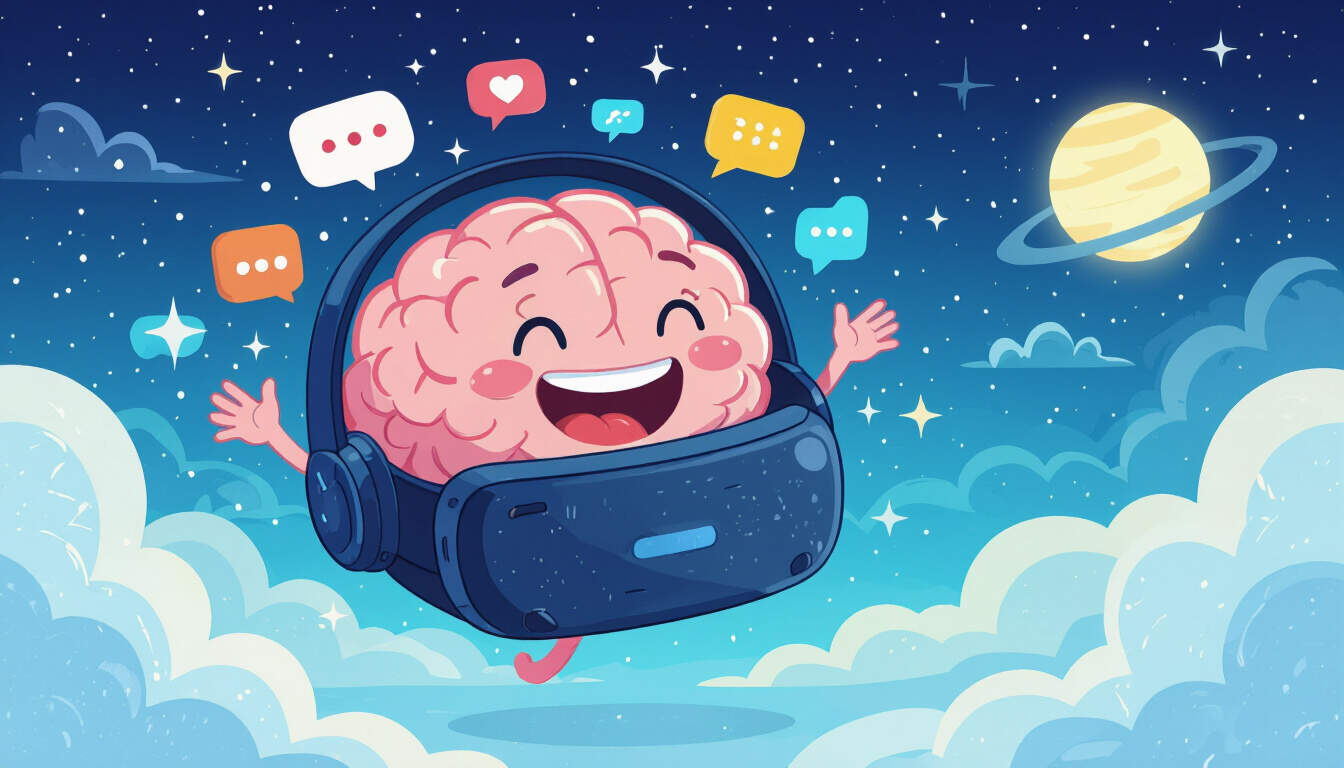How VR Training Can Help Reduce Cognitive Load
 by Max Miller
by Max Miller
Explore how virtual reality training offers practical ways to lessen mental overload in daily routines. This approach supports students and professionals by making learning more efficient and less taxing on the mind, leading to better focus and productivity.

In our busy lives, managing mental demands can be challenging, especially for students and professionals juggling multiple tasks. Cognitive load refers to the amount of working memory used for processing information. Heavy cognitive load can lead to fatigue and reduced efficiency. One way to address this is through innovative tools like VR training.
What is Cognitive Load?
Cognitive load is the mental effort required to handle information. It includes intrinsic load from the complexity of the task itself, extrinsic load from external factors, and germane load that aids in learning. For instance, students studying for exams often experience high cognitive load from absorbing new material while managing notes and deadlines.
VR training involves using virtual reality technology to simulate environments for learning and practice. This method allows users to engage in immersive experiences that can simplify complex tasks. By providing a controlled setting, VR training helps reduce extrinsic load, making it easier to focus on essential skills.
Benefits of VR for Reducing Mental Overload
VR training offers several advantages for offloading cognitive load. First, it creates realistic simulations without the risks of real-world scenarios. For professionals in fields like medicine or aviation, practicing procedures in VR means they can concentrate on learning without the added pressure of physical consequences.
Another benefit is the ability to repeat experiences. In traditional training, repeating a task might increase frustration and cognitive load. With VR, users can retry simulations instantly, reinforcing knowledge without overwhelming the mind. This repetition builds confidence and reduces the mental effort needed over time.
For students, VR can transform abstract concepts into visual, interactive experiences. Imagine history lessons where learners explore ancient civilizations virtually. This approach minimizes the need for extensive reading and memorization, allowing the brain to process information more naturally.
Practical Tips for Everyday Use
Implementing VR training in daily life can be straightforward with the right strategies. Here are some tips to get started:
-
Start with simple applications: Begin by using VR for basic skill-building. For example, language learners can practice conversations in a virtual setting, which eases the cognitive demands of real-time interaction.
-
Incorporate breaks: During VR sessions, include short pauses to prevent overload. This helps maintain focus and ensures that cognitive load remains manageable.
-
Combine with other techniques: Pair VR training with note-taking or discussion groups. This balanced approach can further lighten mental burdens by distributing effort across different methods.
Professionals can apply these tips in their routines. For instance, a project manager might use VR to simulate team scenarios, reducing the mental strain of coordinating in person. Over time, this practice leads to better decision-making and less daily stress.
Real-World Examples
Consider a medical student preparing for surgery. Traditional methods involve studying textbooks and watching videos, which can overload working memory with details. Through cognitive load offloading via VR, the student can perform virtual operations, focusing solely on technique rather than theoretical knowledge at that moment.
In corporate settings, employees training for customer service can use VR to handle simulated interactions. This method reduces the extrinsic load from unpredictable real-world variables, allowing trainees to build skills gradually.
For anyone interested in cognitive science, experimenting with VR highlights how technology can enhance productivity. By offloading routine mental tasks, individuals free up resources for creative thinking and problem-solving.
Encouraging Long-Term Adoption
To make VR training a sustainable habit, set realistic goals. Track progress to see improvements in focus and efficiency. Over time, users often find that their overall cognitive load decreases, leading to greater satisfaction in work and study.
In conclusion, integrating VR training into everyday routines provides a practical path to reducing mental overload. By adopting these strategies, students, professionals, and others can achieve a more balanced cognitive state, fostering productivity and well-being.
